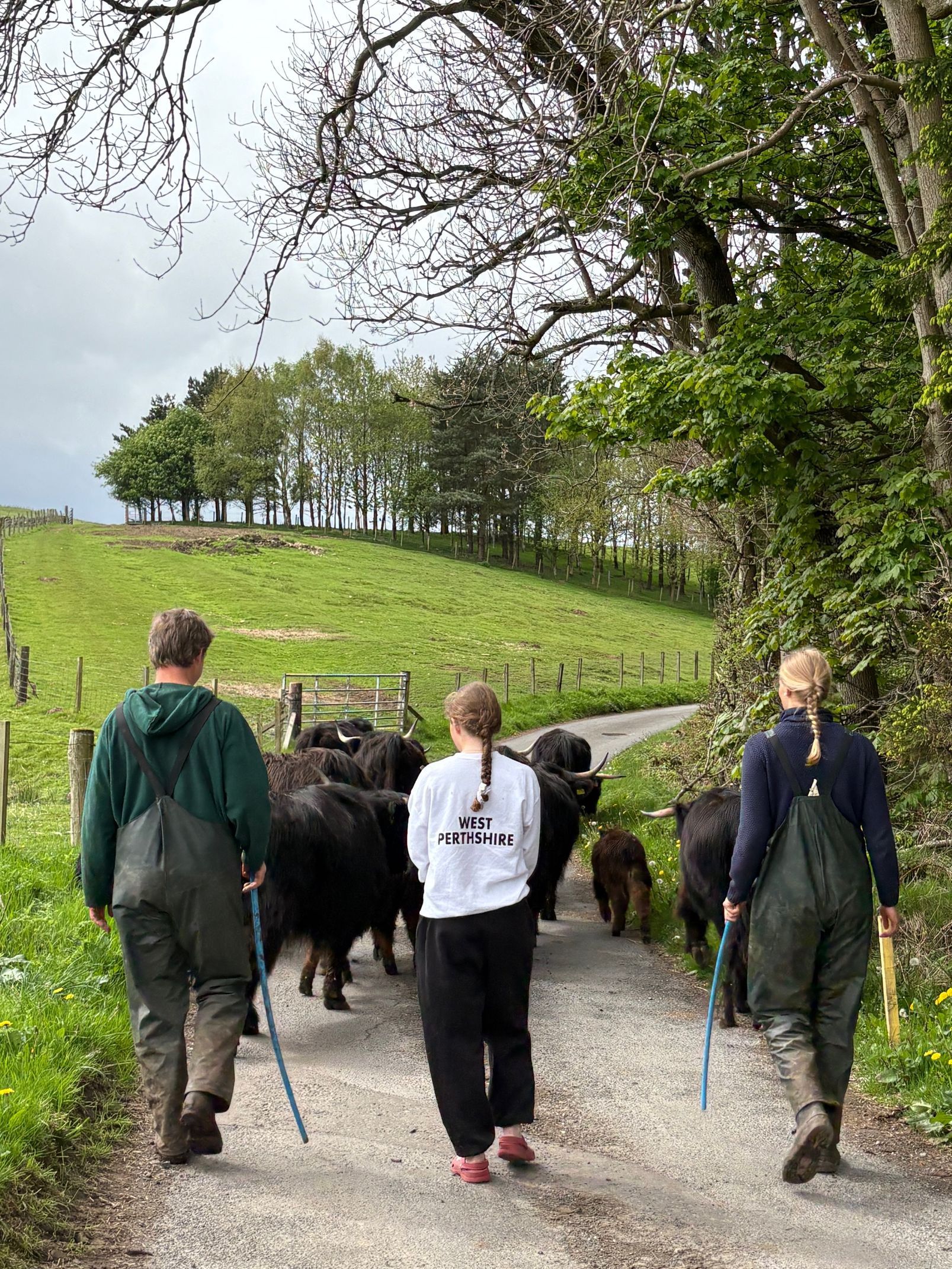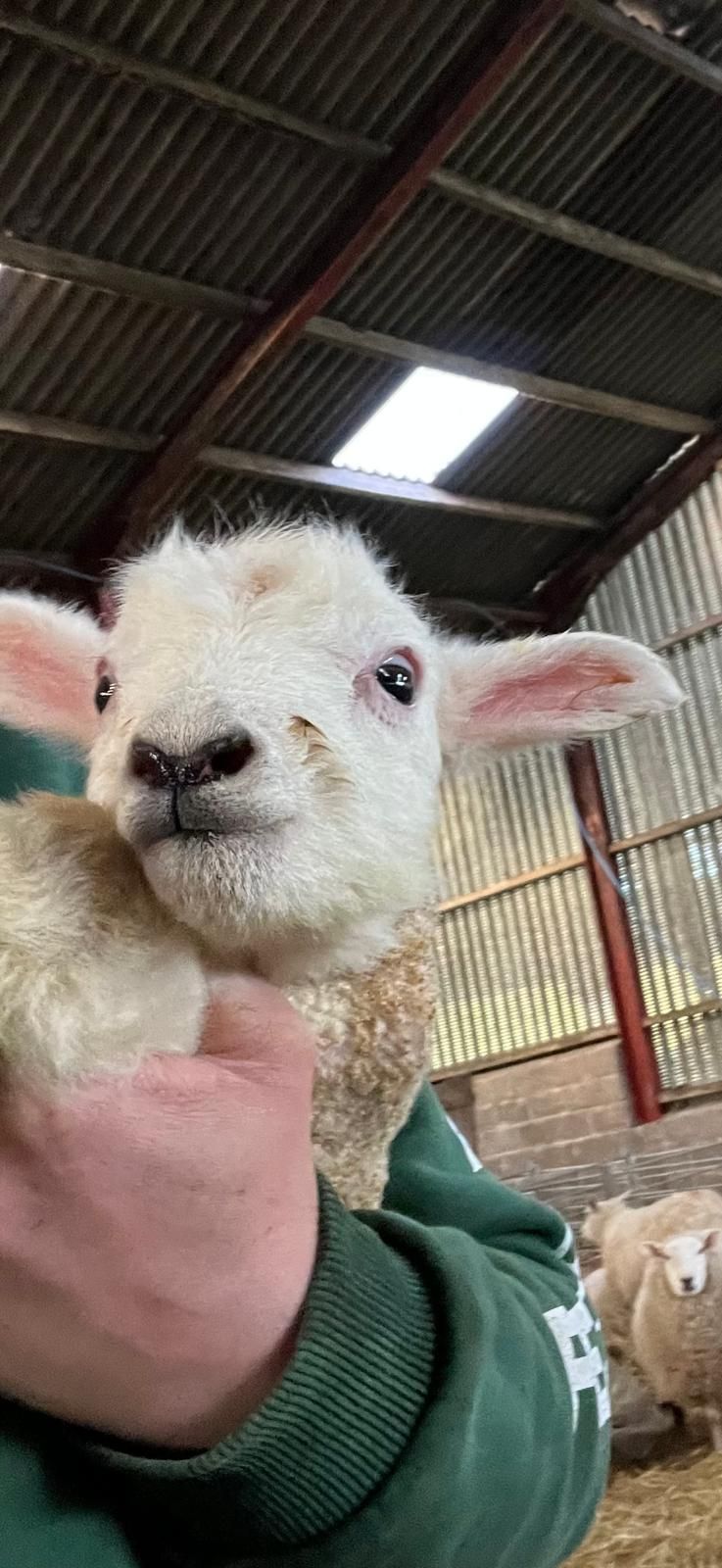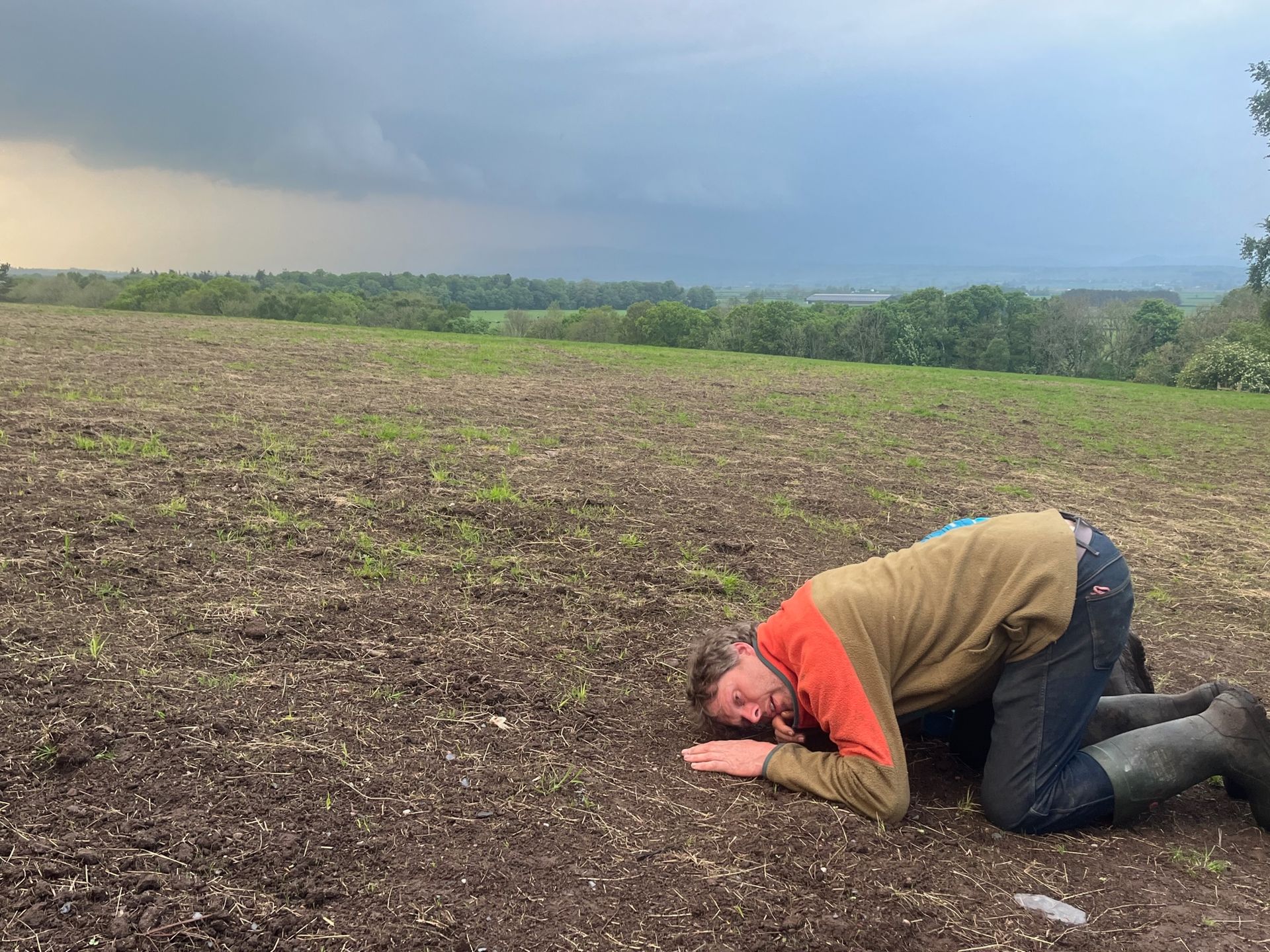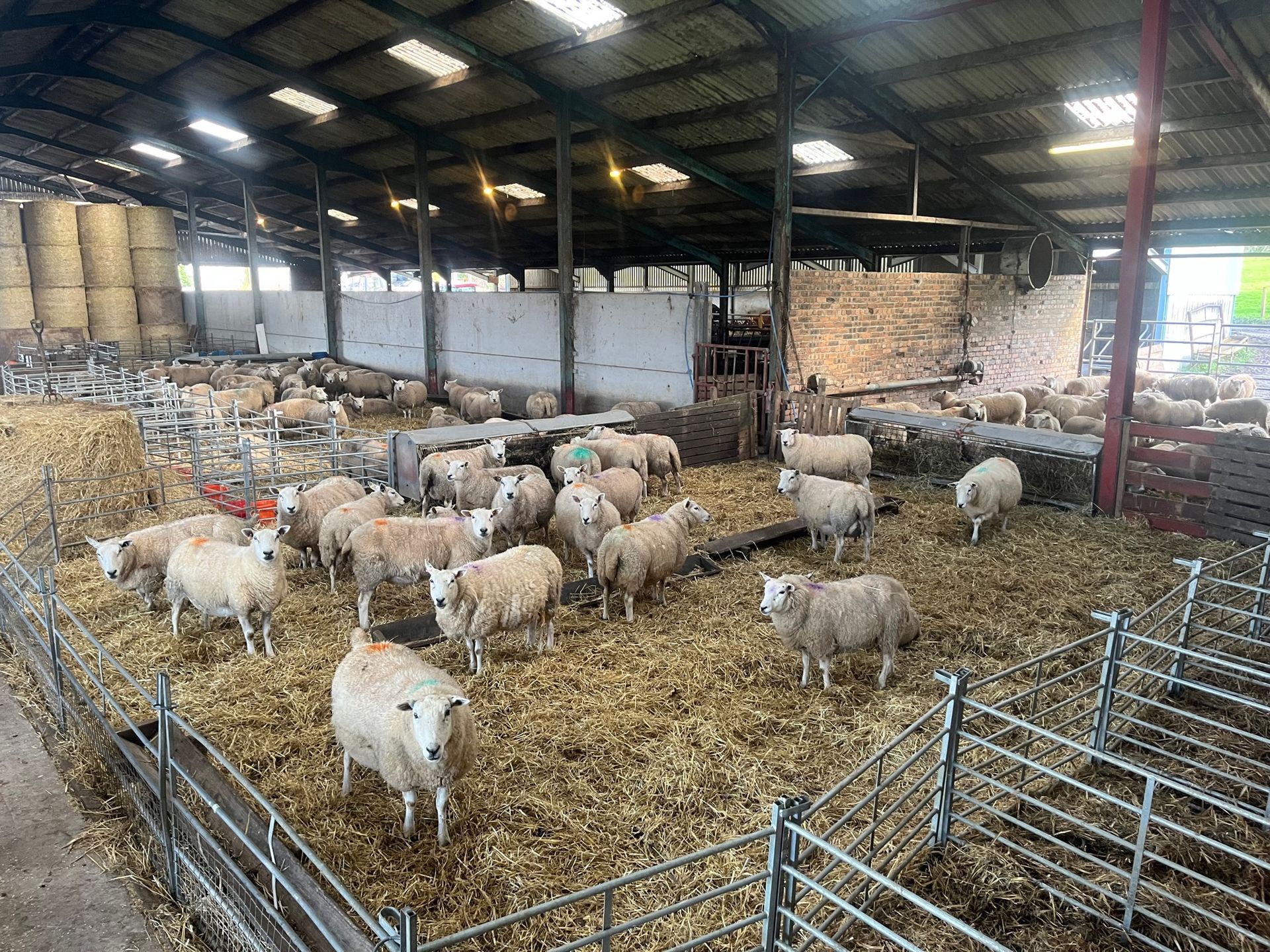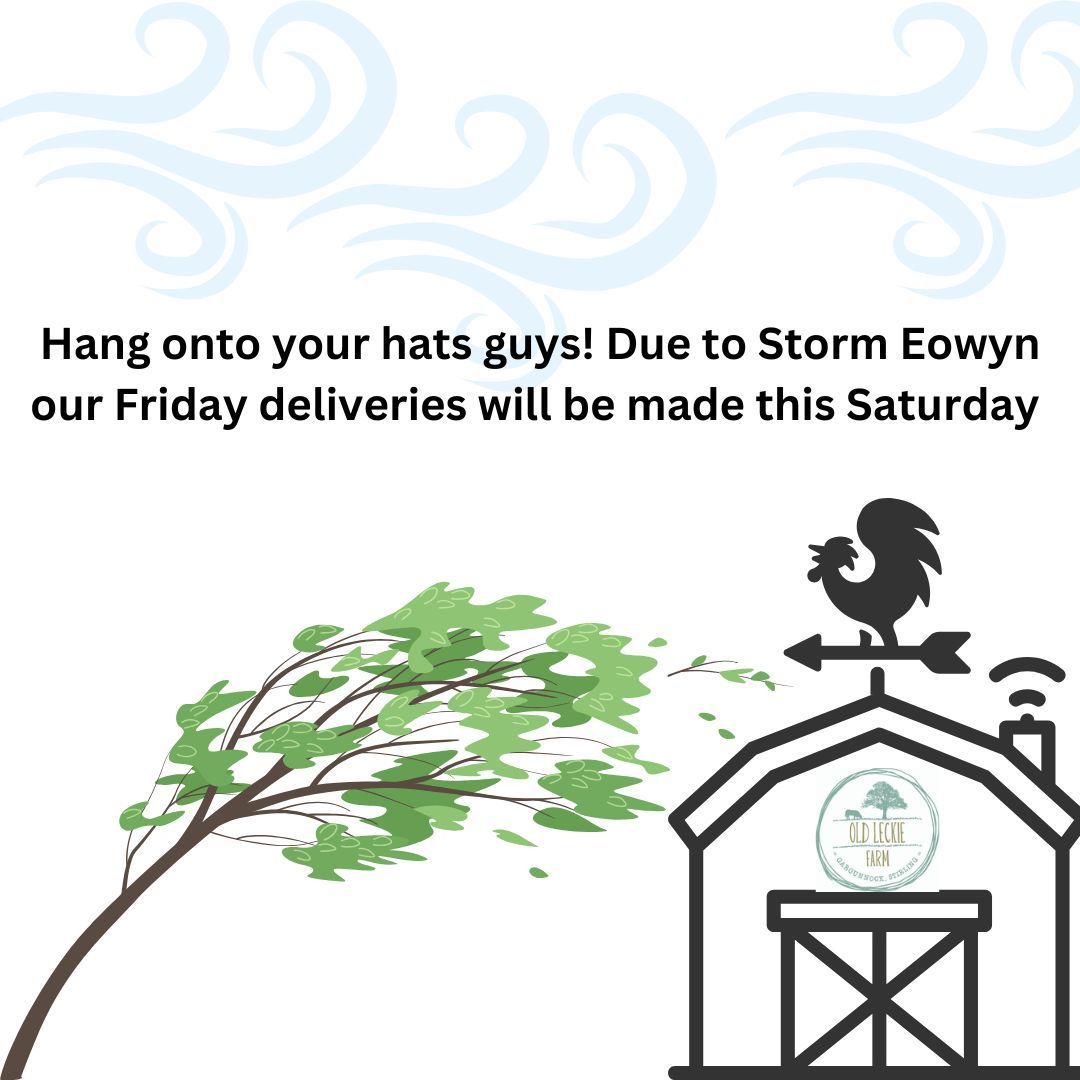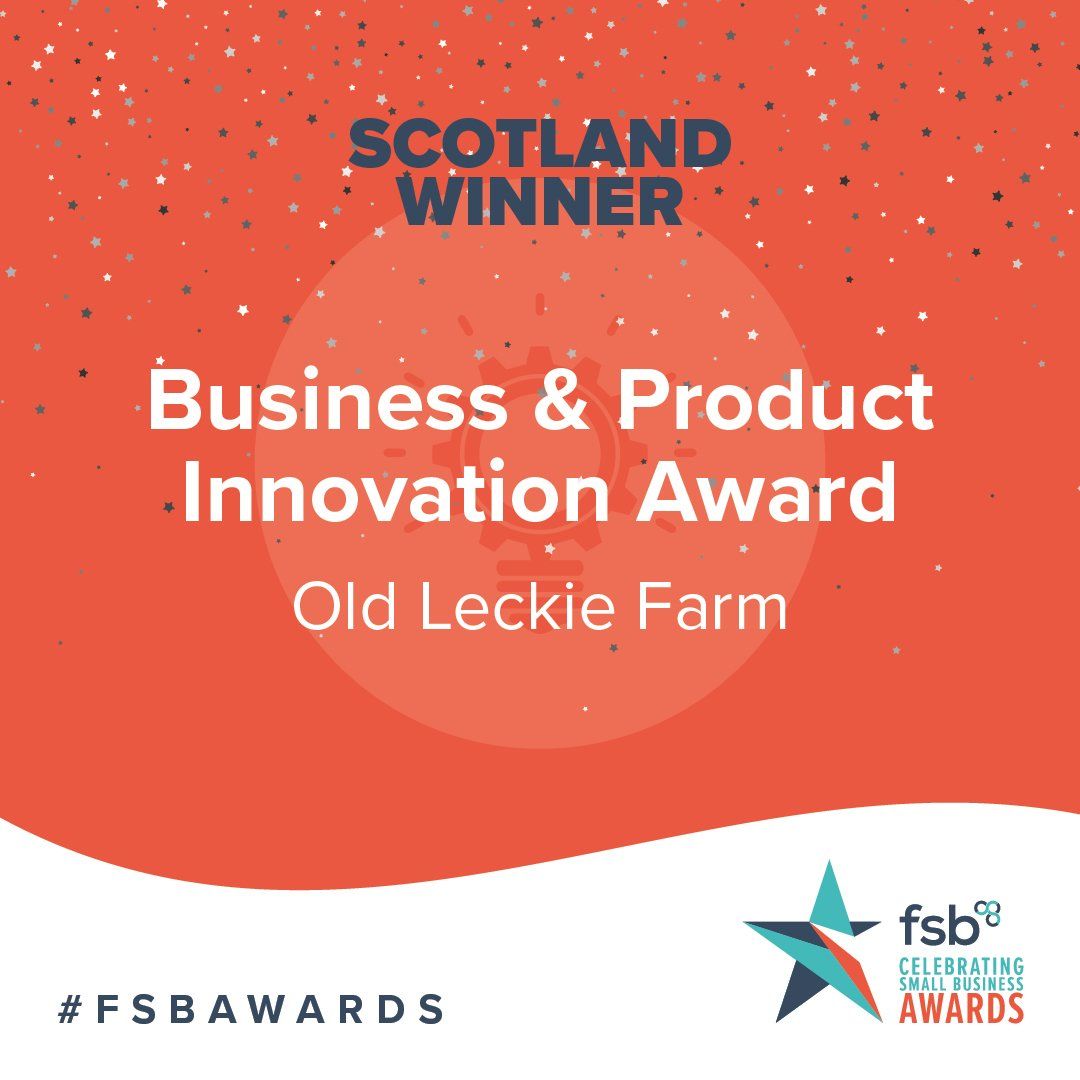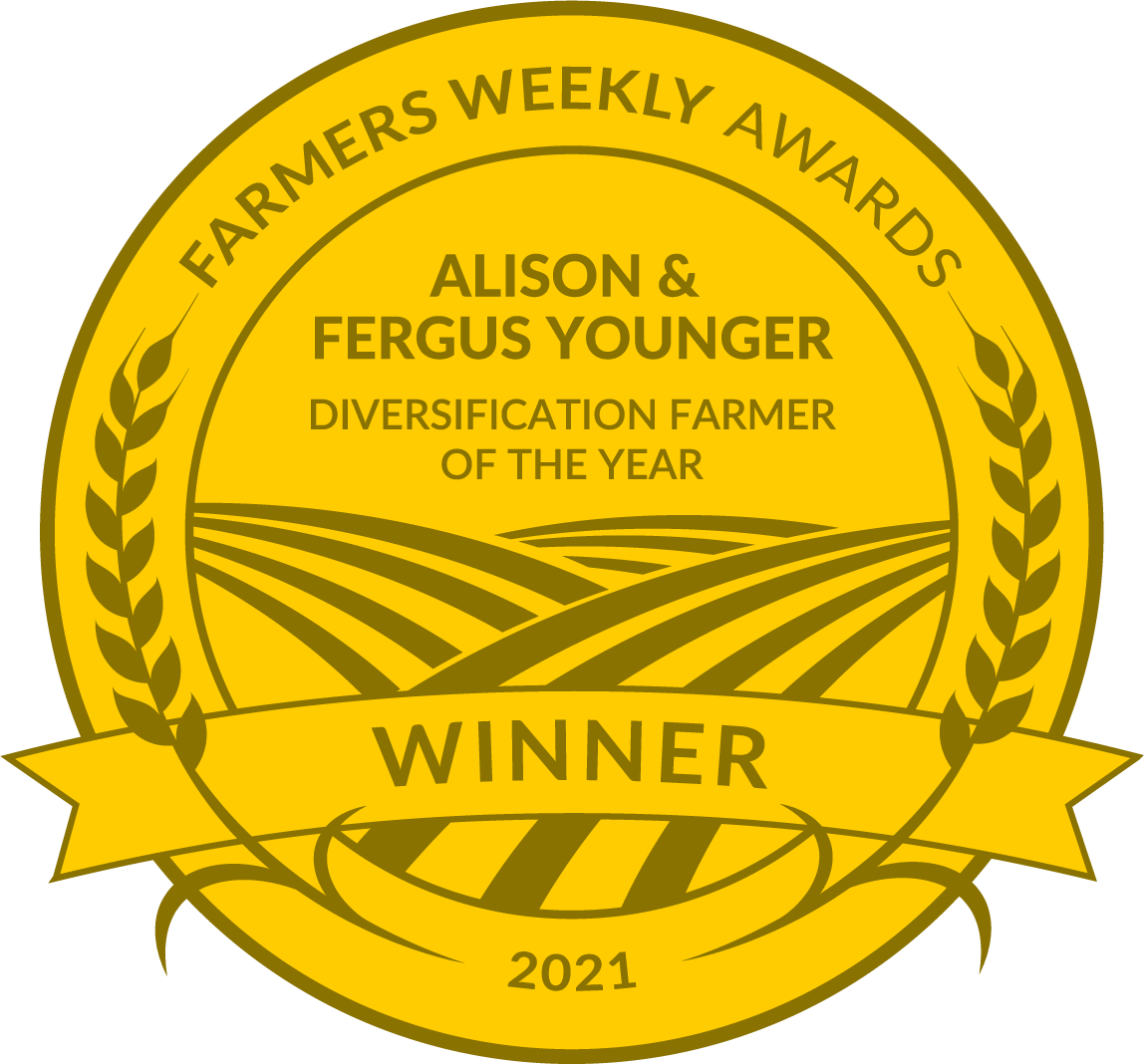Where there's muck there's brass
Old Leckie is classified as a small mixed farm – “mixed” in that it grows both livestock and crops and also that it has a varied mix of enterprises. This mixed type of farming allows for a self-sufficient type of agriculture whereby most fertiliser is produced on the farm for the farm.
In recent weeks after a long 6 months of being “housed” the cows have returned to pasture much to their and our relief. They get to enjoy fresh grass again rather that dry hay or preserved silage, feel the sun (and rain) on their backs and have the freedom of their fields. For us it means the end to the 7 days/week routine of feeding and bedding (with straw) the cattle with only daily checks required and weekly shifts between fields.
When the ground has been firm enough to allow a tractor to travel over fields, we have been mucking out the sheds and carting the dung to the fields where the crop rotation demands it. Generally, half the dung will go to the “carse” (the flat clay/silt soil) ground and half to the “dry field” (more rolling mineral soil) ground.
The carse ground is where we grow our barley crops and hay and silage for the winter feed for the cattle and sheep. The typical rotation is 3-4 years in ryegrass and red clover (silage and clover is a legume so fixes nitrogen in the soil and builds fertility) 1-2 years in barley (grain and straw) and then back to timothy grass (hay) for 7 years. The dung is “middened” (put in a heap) in the field for 1 year to compost before being spread and cultivated into the soil for the hungry barley crop. The dung is composted to allow the straw and manure to break down so that it is more digestible for the worms and micro biological life in the soil.
On the dryfield land the predominant use is for grazing pasture, however after 10 years the grasses in these field tend to become dominated by lower yielding varieties and it is often necessary to reseed these fields with a new diverse sward of clovers and grasses. To go “grass to grass” is often difficult to establish the better grasses so it is often better to sow a “break crop”. At Old Leckie this tends to be a brassica fodder crop of kale a bit like 1-meter-high broccoli.
Similar to the carse ground we midden the dung in the field (or part of the field) a year ahead of sowing before applying in early summer as we sow the kale. The kale provides a really nutritious food for the pregnant ewes through the lean winter months fed in sections every two days alongside silage. The kale also provides a great habitat for over wintering birds. The grazing action of the sheep and their feet creates bare muddy ground which allows us to sow a new grass pasture the following summer with only the need for minimal cultivation.
These crop rotations, good soil health (lots of worms and organic matter) and crucially dung are key to sustaining a mixed farm and minimising the need for chemical fertilisers. Cleaning out the sheds and creating new middens each year is satisfying in a spring-cleaning sense, but also gives you a good feeling that you are keeping the soil on the farm in good “heart” for the future.
Our farming forefathers knew all about it, and there is some truth in the old saying, “where there’s muck there’s brass!”

